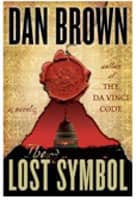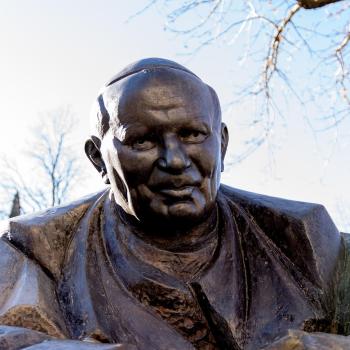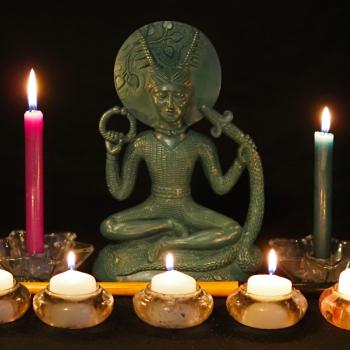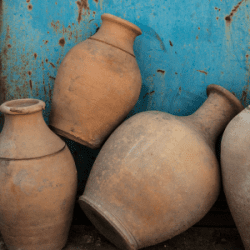By Bryce Haymond
 I just finished Dan Brown's latest thriller, The Lost Symbol. There has been a lot of anticipation surrounding this book, since six years have passed since the publication of his bestseller The Da Vinci Code, with 80 million copies sold worldwide to date. Many wondered if Brown would repeat his success with this book, and while the jury is still out on the answer to that question, I must say that I'm personally fascinated by the material that Brown discusses in this novel.
I just finished Dan Brown's latest thriller, The Lost Symbol. There has been a lot of anticipation surrounding this book, since six years have passed since the publication of his bestseller The Da Vinci Code, with 80 million copies sold worldwide to date. Many wondered if Brown would repeat his success with this book, and while the jury is still out on the answer to that question, I must say that I'm personally fascinated by the material that Brown discusses in this novel.
As was predicted, the story centers around the subject of Freemasonry (or simply Masonry), which most people have heard of but know little about. This is perhaps the reason Brown chose to explore this subject, one that was ripe for novelty in historical fiction. However, as before, Brown branches out into a myriad of related subjects and connections, weaving a web of mystery and puzzles which must be solved once again by his favorite character, Robert Langdon.
But this is not going to be a review of the book. There will be ample time for that, with more qualified critics analyzing the merits and faults of Brown's work. In addition, I don't want to spoil anything while the pages are still wet. I do quote some brief excerpts from the book below, but they are mostly circumstantial details, and won't give much away about the plot, if anything.
What I do want to point out are some interesting general impressions I had while I read, particularly as they relate to me, my studies, and the LDS (Mormon) faith. Call them synchronicities or coincidences, or just interesting tidbits, either way they have called my attention.
The Apotheosis of Washington
Three months ago, on June 27, 2009, I wrote a short post about the painting that adorns the interior side of the dome of the U.S. Capitol Building rotunda. That painting is called The Apotheosis of Washington, which surprisingly figures quite predominantly in Dan Brown's book. I had been watching a show called Secret America on Discovery, when they had mentioned the painting. I immediately went online to find out more about it, and wrote about it on TempleStudy.com. The strange thing is that it was a pretty obscure painting that not many people had heard about.
Why is the painting so predominant? The book does a good job of explaining that, as well as my previous posts. The painting depicts George Washington, one of our Founding Fathers, and first President, ascending into heaven to sit amongst the gods and becoming deified as one of them. As theosis is a major theme of the book, man's potential to become like god, it is no wonder that Brown used this painting as a central motif.
Theosis
Theosis, or deification, has always been a sticking point with critics of the LDS Church. To these seemingly erudite scholars, a belief in theosis is likely the most heretical and blasphemous doctrine Mormonism could have possibly come up with -- the idea that fallen and sinful man could rise to the stature of our God in heaven. And to many modern-day Christians, it probably seems that way.




